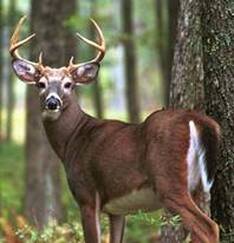 Aircraft collisions with birds (bird strikes) and other wildlife are a serious economic and safety problem. Each year airports and airliners shell out millions upon millions of dollars in repairs and refunds for wildlife strikes. It is estimated that at least four times a day an airplane must make an emergency landing due to a wildlife strike. However, all wildlife species are not equally hazardous to aviation. Due to the frequency of strikes recorded, size of the species, and damaged caused in a strike, airports need to address these species by either using non-lethal or lethal tactics. In implementing programs to reduce wildlife hazards, airport operators need guidance on the relative risk posed by the different species so that management actions can be prioritized by the most hazardous species. After reviewing the data collecting in the national bird strike data base, which is a great tool offered by the FAA, we have put together a list of the most hazardous species to an aircraft.
Other notable species to make the list include Gulls, Rock Doves or pigeon, Pelicans or Cormorants, ducks, herons, and of course Bald Eagles! If you are having issues with any of these species and would like to speak with an FAA Certified Wildlife Biologist please fill out the fields below and someone from Loomacres will reach out o you. Loomacres - 800-243-1462 Bringing Wildlife Management to a Higher Level ©
0 Comments
Leave a Reply. |
Sales & Marketing
|
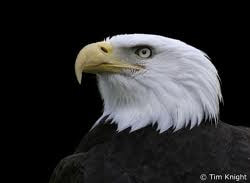
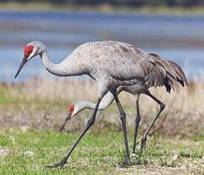
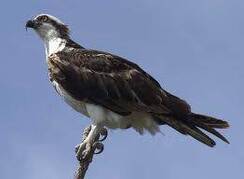
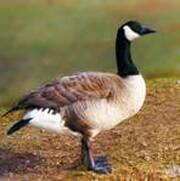
 RSS Feed
RSS Feed